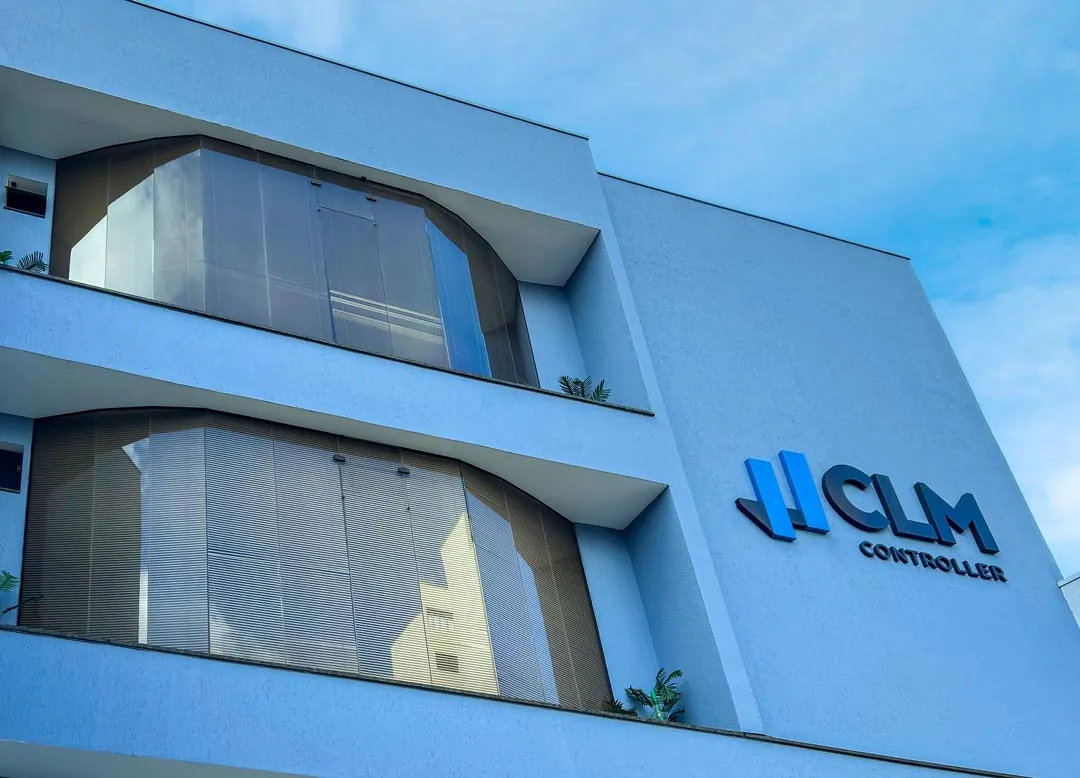The Presumed Profit is one of the tax options available to companies in Brazil. This regime simplifies the process of calculating taxes, as it uses fixed percentages on gross revenue to determine the basis for calculating IRPJ and CSLL.
With this, accounting complexity is reduced, making Presumed Profit an interesting choice for entrepreneurs looking for predictability and less bureaucracy in tax management compared to Real Profit, as well as for those who are leaving Simples Nacional.
In this article, we will explain in detail how this regime works, including the applicable rates and the calculation method. It's worth a look!
How does Presumed Profit work?
O Presumed Profit is a tax regime where the basis for calculating Corporate Income Tax (IRPJ) and CSLL is determined based on a percentage of the company's gross revenue.
As we will see below, the percentages of presumption vary according to the type of activity of the company.
Among the advantages of Presumed Profit, we can highlight:
- Simplicity: Calculation is simpler and less costly than under the Real Profit regime.
- Predictability: It allows better predictability of the amount to be paid in taxes.
The disadvantages include:
- Limitation of deductibility: It does not allow the deduction of all operating expenses, as is the case with Real Profit.
- High profit margin: It can be disadvantageous for companies with lower profit margins than the presumed percentages.
Read more about: When to migrate from Simples Nacional to Lucro Presumido?
Which companies can be taxed under Presumed Profit?
To opt for Presumed Profit, the company must:
- Earn up to R$ 78 million per year (gross annual revenue).
- Not being obliged by law to calculate real profit.
Opting for the Presumed Profit regime can be an excellent choice for many companies, but it is important to carry out a detailed analysis with an accountant to determine whether this is the best tax option for your company.
Read more about: How to calculate ICMS on the Simples Nacional surplus?
Which companies cannot be taxed under Presumed Profit?
Companies that earn more than R$ 78 million a year or that carry out activities listed below cannot opt for Presumed Profit:
- Commercial banks;
- Investment banks;
- Development banks;
- Development agencies;
- Savings banks;
- Credit, financing and investment companies;
- Real estate credit companies;
- Securities and exchange brokerage firms;
- Securities distributors;
- Leasing companies and credit unions;
- Private insurance and capitalization companies;
- Open private pension funds;
- Companies providing credit and marketing advice, credit management, selection and risk management, accounts payable and receivable management;
- Factoring companies;
- Real estate, financial and agribusiness credit securitization institutions.
Regardless of the volume of turnover, companies that carry out the activities we have just listed must pay their taxes based on Real Profit.
Read more about: Interest Simples Nacional: how to calculate overdue DAS
How does tax calculation work with Presumed Profit?
In Presumed Profit, each tax is paid in a separate form, the amount of which is calculated using specific rates for that tax.
Therefore, we will need to explain separately how the rates work and how each tax calculated under this regime is calculated. Check it out!
IRPJ
To determine the IRPJ Based on Presumed Profit, accounting must first apply one of the rates below to the company's turnover.
IRPJ rate in Presumed Profit
| Activities | Rate |
|---|---|
| Retail sale of fuel and natural gas | 1.60% |
| - Sale of goods or products - Cargo transportation - Real estate activities - Hospital services - Rural Activity - Industrialization with materials supplied by the ordering party - Other unspecified activities (except provision of services) | 8 % |
| - Transportation services (except freight) - General services with gross revenue up to R$ 120,000/year | 16% |
| - Professional services - Business intermediation - Management, leasing or assignment of movable/immovable property or rights - Services in general, for which no specific percentage has been set | 32% |
In turn, a percentage of 15% is applied to the amount found (called the calculation base) to arrive at the amount of IRPJ payable. See:
- Billing: R$ 100.000,00
- Activity: Sale of goods and products (trade).
IRPJ: R$ 100,000.00 x 8% (table rate) = R$ 8,000.00
IRPJ: R$ 8,000.00 x 15% (calculation rate) = R$ 1,200.00
Read more about: Direct and indirect taxes: what's the difference and what does PJ pay?
CSLL
The calculation of CSLL in Presumed Profit follows the same system as IRPJ, with differences in the rates used.
See the table below for the rates used to calculate the tax base:
CSLL rate for Presumed Profit
| Activities | Rate |
|---|---|
| Trade Industry Hospital services Transportation services | 12% |
| Services in general, except hospital and transportation services Business intermediation; Management, leasing or assignment of real estate, furniture and rights of any kind. | 32% |
In turn, a percentage of 9% is applied to the amount found to arrive at the amount of CSLL payable. See the example:
- Billing: R$ 100.000,00
- Activity: Sale of goods and products (trade).
CSLL: R$ 100,000.00 x 12% (table rate) = R$ 12,000.00
CSLL: R$ 12,000.00 x 9% (calculation rate) = R$ 1,080.00
PIS and COFINS
In the case of PIS and COFINSThe calculation is a little simpler, as the following rates apply directly to turnover.
- PIS: 0.65%
- COFINS: 3%
Here's an example calculation:
PIS: R$ 100,000.00 x 0.65% = R$ 650.00
COFINS: R$ 100,000.00 x 3% = R$ 3,000.00
ICMS and ISS
Finally, we have ICMS and ISSThese are taxes whose rates vary according to state and municipal legislation, respectively.
In the case of ICMS, there are many variations, as the rates can change from one state to another, and even depending on the type of goods or services.
In the case of ISS, the general legislation stipulates that municipalities must set the rate at between 2% and 5% on turnover.
Accounting outsourcing for your company!
Is it worth opting for Presumed Profit?
Opting for the Presumed Profit regime can be advantageous for many companies, but the decision must be carefully considered based on a detailed analysis of the characteristics and needs of the business.
In view of this, the CLM Controller can develop a complete tax planning and customized based on the characteristics of your business.
In turn, based on this planning, our team will be able to determine, with 100% precision, the most economical tax regime for your company, and thus help you save on tax payments.
To find out more and reduce your company's tax burden, click on the WhatsApp button and talk to one of our experts.



